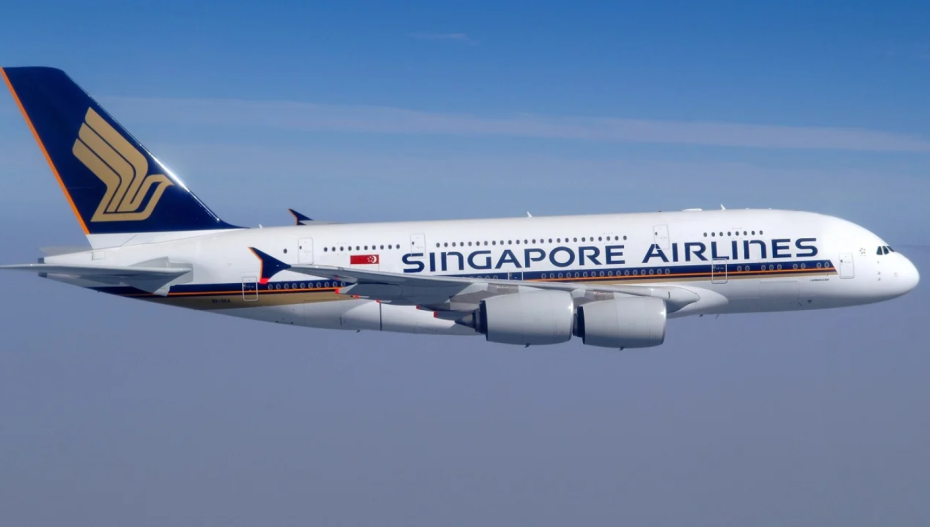Singapore Airlines announced on Tuesday it had offered financial compensation and a full refund of airfare to 211 passengers on the flag carrier’s turbulence-hit London to Singapore flight last month. One passenger died and several others were seriously injured due to the turbulence. They also added that passengers with minor injuries were paid $10,000, while those with serious injuries would be paid as much as needed to meet specific needs. According to the company, it has been invited to discuss the compensation proposal for serious injuries. SIA confirmed on its official Facebook page on Tuesday that it had sent compensation on Monday to the accounts of those affected by the May 21 flight.
Severely injured passengers require long-term treatment and care. They are requested to receive as much treatment as necessary, and are offered an advance payment of $25,000 to cover their immediate needs,” which will be considered a part of the final settlement, the airline said.
Actual Incident
On May 21, Flight SQ321 en route from London to Singapore encountered severe turbulence on May 21 this year. The Boeing 777-300ER aircraft had taken off from the airport with 211 passengers and a crew of 18, but encountered turbulence and made an emergency landing at Bangkok Suvarnabhumi Airport. Passengers and crew were thrown onto the roof of the plane as per the pilot and crew reversed decision which resulted in the death of one passenger and serious injuries to several passengers and crew.
Passengers told the media that the crew and passengers who were not restrained left the floor or their seats and hit the cabin ceiling very hard. As a result, the ceiling of the flight was cracked. The hospital in Bangkok also confirmed that the injured passengers had spinal cord, brain, and skull injuries.
1 died and 104 were injured in this flight-turbulence
It fell 54 meters in less than five minutes while flying over Myanmar, causing a strong aftershock. According to reports, a 73-year-old British man died of a heart attack during the incident. After that flight was diverted from its primary route to Bangkok for an emergency landing.
104 were injured among the 211 passengers and 18 crew onboard. Among the injured people, 12 members were admitted to the hospital in Bangkok. SIA said 20 passengers on the flight are still receiving treatment in hospitals in Bangkok. The airline confirmed that they are bearing the medical expenses of all the injured passengers and crew. They also arranged for the family members and loved ones of the injured to return to their destinations.
SIA compensated all passengers on the flight
SIA took action against this incident very humanely. They compensate passengers for delays according to European Union or United Kingdom regulations. Everyone on the flight was also given 1,000 Singapore dollars or $740 and a full refund of the flight. The airline requested passengers to fly from Bangkok to cover immediate expenses.
After the incident, Singapore Airlines adopted a more cautious seat belt policy. They reiterated to passengers and crew that serving hot drinks and food on flights while the seat belt sign is on is now off.
The U.S. National Transportation Safety Board says it’s rare for passengers to be so seriously injured by flight turbulence. However, this phenomenon is often seen in commercial airlines.
A report by the SIA in May said that the airline is fully cooperating with the Transport Safety Investigation Bureau and other relevant authorities in the investigation of the incident.
According to Lawyers about the flight turbulence
Lawyers say that if passengers sue the airline against the incident, they will not be able to contest damages of up to $175,000. However, if more compensation is sought, Singapore Airlines may try to limit its liability by proving various facts. Note that they treated the passengers and crew fairly humanely and took all necessary measures to avoid disturbance.
Cause of flight turbulence
In a report, Singapore’s Ministry of Transport said the 54 m (177 ft) height drop was caused by a rapid change in gravity, causing the passengers and crew to become airborne.
They believe the plane may have been flying over an area of ”developing activity” at the time, which could cause bad weather to develop.
Unstable weather patterns that trigger storms can cause flight turbulence when aircraft fly over the area, especially if not detected by radar. If detected, pilots fly around potential patches to avoid accidents. It is the normal cause of the turbulence.
Another type, clear air turbulence, is strong rotation even when there are no clouds in the region. It is very difficult to predict where such invisible pockets of air will appear.
This accident occurred during the flight due to not being aware of seatbelt practice. Now Singapore Airlines has made the seatbelt policy much stricter, with punishment guaranteed if any crew does not follow it.
Singapore Airlines is one of the widely recognized as the world’s leading airlines and a benchmark for this industry. They have not had major incidents in recent years.

